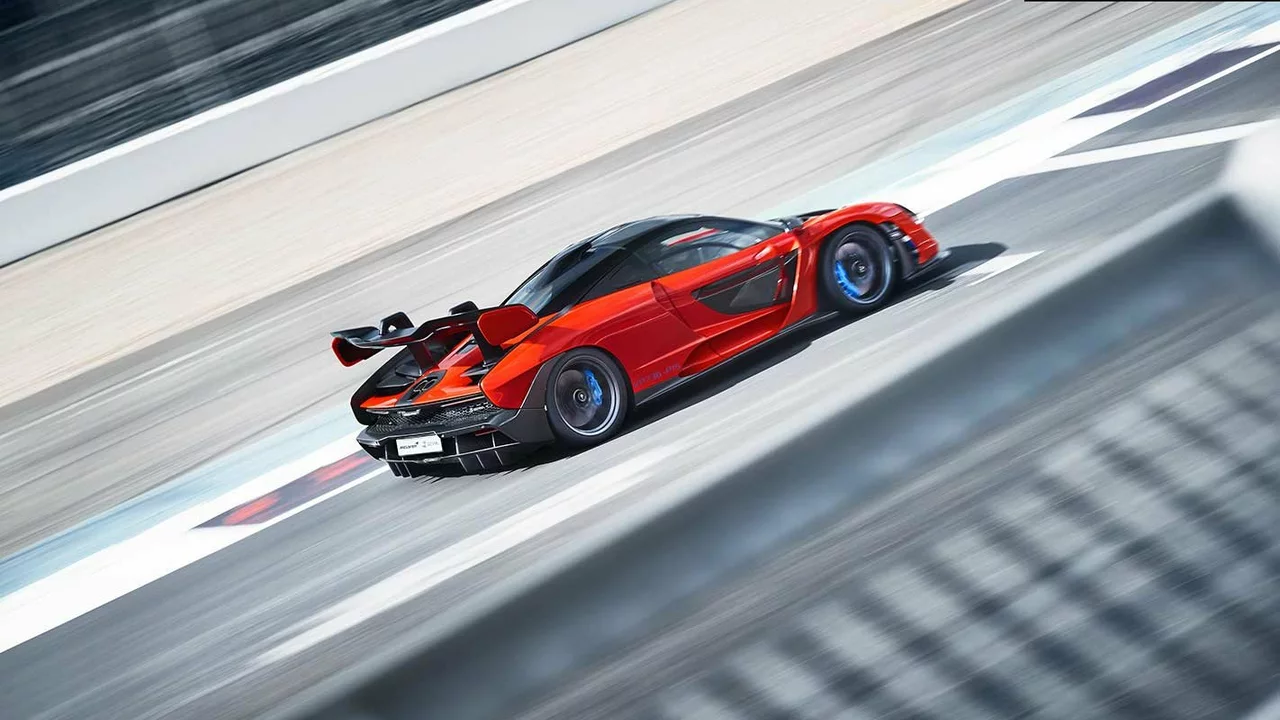Automotive News & Analysis – Your Hub for Racing Updates
Welcome to the place where you get the latest buzz from the world of motorsport without any jargon. Every week we break down what’s happening on the track, why it matters, and how it could affect your next gear‑head adventure. Think of it as your quick‑read briefing before you hit the café or the garage.
We cover everything from Formula 1 strategy shifts to the rise of electric touring cars. If a new regulation drops or a surprise winner crosses the line, you’ll read it here first. No fluff, just the facts you need to stay in the conversation.
Why Hypercars Skip the Track
One of the hottest questions right now is why those jaw‑dropping hypercars rarely appear in organized racing. The short answer? They’re built to be road‑focused super‑machines, not race‑track workhorses.
First, the power output of a hypercar easily tops 1,000 horsepower. That level of raw speed overwhelms most series’ safety limits. Racing bodies set maximum power caps and weight balances to keep competition fair and drivers safe. A Bugatti Chiron, for example, would blow past those limits and make the rest of the field look static.
Second, the cost barrier is massive. A single hypercar can cost upwards of $3 million, and teams would need multiple units for testing, spares, and backup. Even the biggest manufacturers would think twice before committing that kind of budget to a series that may not deliver a clear return on investment.
Lastly, availability is another hurdle. Hypercars are produced in tiny numbers—often under 100 units per model. Racing teams need reliable supply chains for parts and technical support, which simply doesn’t exist for such exclusive machines.
What This Means for Fans
For the everyday fan, the absence of hypercars on the grid isn’t a loss. It means the races stay competitive, with more cars able to challenge for the win. You’ll see tighter battles, more overtaking, and a broader spread of manufacturers fighting for points.
If you’re itching to see a hypercar in action, the best bet is to follow private track days or exclusive events like the Goodwood Festival of Speed. Those gatherings let owners push their monsters in a controlled environment, giving you a glimpse of what pure speed feels like.
Back on our page, we’ll keep you posted on any rule changes that could open the door for hypercars in the future. Some series are already testing higher power limits for electric prototypes, and that could eventually blur the line between road‑legal hypercars and race cars.
So, whether you’re a die‑hard Formula 1 fan, a GT enthusiast, or just curious about the next big thing in motorsport, you’ve landed in the right spot. Bookmark this page, check back often, and join the conversation in the comments. We love hearing what you think about the latest news and the why’s behind the sport.
Ready for more? Dive into our featured article “Why are Hypercars not in motor racing?” for a deeper, bite‑size look at the topic. It’s packed with real examples, plain‑language explanations, and the kind of insight you can share at the next meet‑up.
Stay tuned, stay informed, and keep the adrenaline flowing.

Why are Hypercars not in motor racing?
You would think hypercars, being the superheroes of the automotive world, would be tearing up the racetrack, right? Wrong! The major reason is that these speed demons are just too fast and powerful for most regulated racing events - imagine Usain Bolt racing against your grandpa! Plus, their sky-high price tag and rare availability make them more collectible art pieces than racehorses. So, while it'd be a hoot to see a Bugatti Veyron vying for pole position, for now, they'll be sticking to turning heads on the street instead of burning rubber on the track.